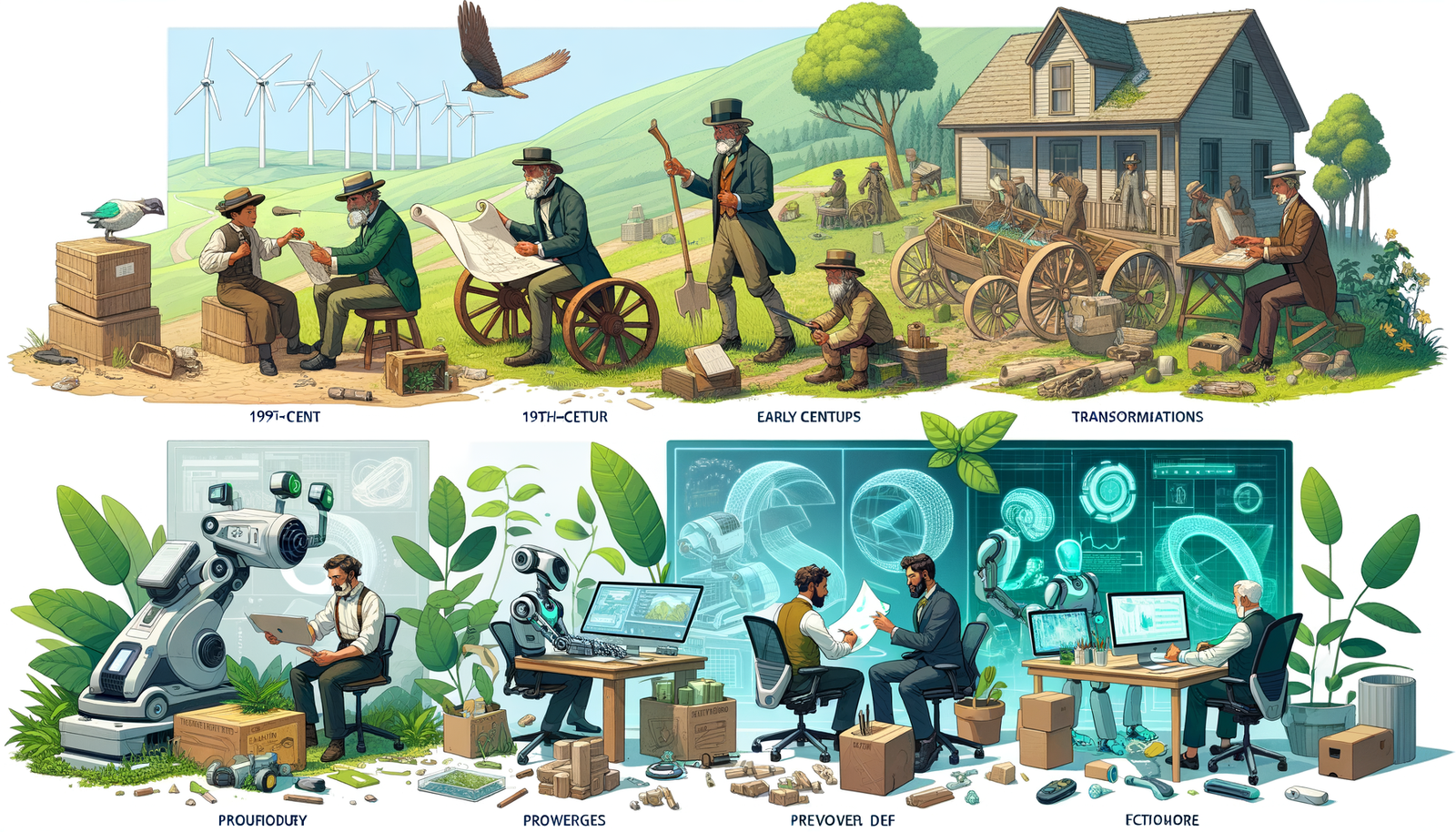Your Cart is Empty
Customer Testimonials
-
"Great customer service. The folks at Novedge were super helpful in navigating a somewhat complicated order including software upgrades and serial numbers in various stages of inactivity. They were friendly and helpful throughout the process.."
Ruben Ruckmark
"Quick & very helpful. We have been using Novedge for years and are very happy with their quick service when we need to make a purchase and excellent support resolving any issues."
Will Woodson
"Scott is the best. He reminds me about subscriptions dates, guides me in the correct direction for updates. He always responds promptly to me. He is literally the reason I continue to work with Novedge and will do so in the future."
Edward Mchugh
"Calvin Lok is “the man”. After my purchase of Sketchup 2021, he called me and provided step-by-step instructions to ease me through difficulties I was having with the setup of my new software."
Mike Borzage
Design Software History: The Evolution of Eco-Friendly Design Tools: Pioneers, Technologies, and Future Innovations
September 09, 2024 3 min read


Introduction to Eco-Friendly Design Tools
In recent years, the importance of sustainability in design has grown exponentially. As the world grapples with climate change and resource depletion, various industries have become increasingly aware of their environmental impact. Designers play a pivotal role in this paradigm shift, as they hold the power to influence and implement eco-friendly practices through their work.
Eco-friendly design tools are specialized software solutions that facilitate the creation of sustainable designs. These tools are characterized by features that support energy efficiency, material optimization, and lifecycle assessment. Industries such as architecture, automotive, and product design greatly benefit from these tools, as they enable the creation of products and buildings that are not only functional but also environmentally responsible.
Early Innovations and Pioneering Companies
The journey towards sustainable design began with a few early adopters and pioneers who recognized the importance of integrating eco-friendly principles into their work. These visionaries laid the groundwork for the development of tools that could facilitate sustainable design practices. Early projects that highlighted the need for eco-friendly tools include green building initiatives and the development of energy-efficient products.
One of the most influential companies in the realm of sustainable design is Autodesk. With tools like Revit and AutoCAD, Autodesk has been at the forefront of promoting eco-friendly practices in architecture and engineering. Revit, for instance, includes features for building information modeling (BIM), which allows for the efficient design and management of sustainable buildings.
Several influential figures have also contributed significantly to the development of eco-friendly design software. Their work has paved the way for the sophisticated tools and technologies we have today, enabling designers to create environmentally responsible products and buildings.
Technological Advances and Core Features
Modern design software integrates eco-friendly principles through various advanced features. One such feature is energy analysis, which allows designers to evaluate the energy performance of their designs. For example, Tally is a plug-in for Autodesk Revit that enables lifecycle assessment of building materials, helping architects to make informed decisions about material choices.
Another important feature is material optimization. Tools like Sefaira provide real-time energy and daylighting analysis, allowing designers to optimize their designs for maximum sustainability. Rhino’s Grasshopper plugin is another notable example, offering environmental analysis capabilities that support the creation of energy-efficient designs.
The mathematical models and algorithms underlying these tools are critical in supporting eco-friendly design. For instance, energy simulation algorithms help in predicting the energy performance of buildings, while material efficiency algorithms enable the optimization of material use. Advances in computational design have further enhanced these capabilities, allowing for more accurate and efficient sustainability assessments.
The Impact and Future of Eco-Friendly Design Tools
Eco-friendly design tools have made a significant impact on various industries, enabling the development of projects and products that are environmentally responsible. Notable success stories include buildings with reduced carbon footprints and products designed with sustainability in mind. These tools have not only facilitated compliance with environmental regulations but have also contributed to the broader goal of sustainability.
Looking ahead, several emerging technologies hold the potential to further revolutionize eco-friendly design. Artificial intelligence (AI) and machine learning, for instance, can enhance the predictive capabilities of design tools, making it easier to optimize for sustainability. The Internet of Things (IoT) can provide real-time data that informs sustainable design decisions.
The future of eco-friendly design tools looks promising, with continued innovation expected to drive their adoption across various industries. As awareness of the importance of sustainability grows, these tools will become increasingly integral to the design process, helping to shape a more sustainable future.
Conclusion
In summary, the evolution of eco-friendly design tools has been marked by significant advancements and contributions from pioneering companies and individuals. Today, these tools are indispensable in promoting sustainable design practices, with features like energy analysis, material optimization, and lifecycle assessment playing crucial roles.
As we look to the future, the continued development and adoption of eco-friendly design tools will be essential in addressing the environmental challenges we face. By leveraging these tools, designers can play a pivotal role in creating a more sustainable world.
Also in Design News

Design Software History: Visualizing Engineering Intent: Feature Histories, Constraints, and Semantic PMI in CAD
December 29, 2025 16 min read
Read More
Sim-to-Real Transfer for Closed-Loop Process Calibration and Control
December 29, 2025 12 min read
Read MoreSubscribe
Sign up to get the latest on sales, new releases and more …



